Serbian Troops On Kosovo Border Stoke Fears Of New Balkan War
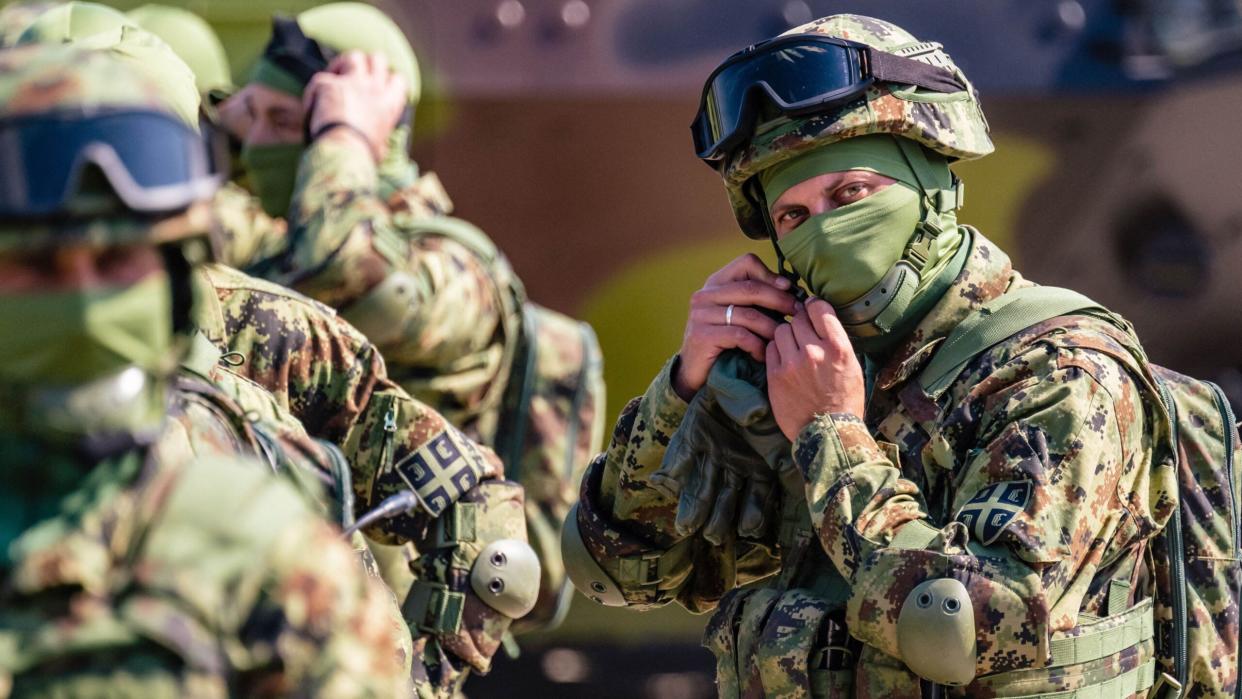
Kosovo, the partially recognized Balkan country, that declared independence from Serbia in 2008, has warned that the presence of Serbian forces along their shared border may indicate that its neighbor is poised to launch an invasion, with a landgrab much like that visited upon Ukraine by Russia. The prospect of a new war breaking out in Europe may have diminished somewhat, however, after Serbia claimed to have responded to U.S. pressure over the weekend by withdrawing at least some of the troops that had been massing on the frontier.
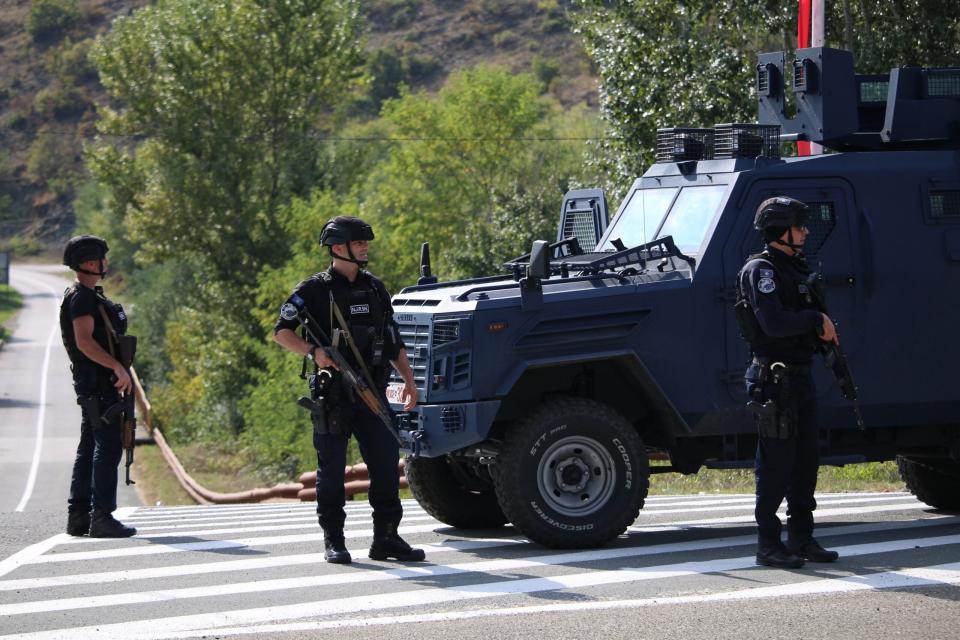
The current tensions are the latest episode in Kosovo’s troubled recent history. When Yugoslavia disintegrated in the 1990s, the province of Kosovo sought independence but was met with a brutal crackdown by Serbia, targeting the ethnic Albanians that make up the vast majority of Kosovo’s population. This prompted NATO intervention, with 1999’s Operation Allied Force, primarily an air campaign that forced Serbian troops out of the province. NATO peacekeepers remain in Kosovo, but animosity has remained between it and Serbia, which refuses to recognize its independence, as well as between Kosovo’s Serbian minority population and its Albanian-dominated government.
https://www.twitter.com/ItsTheEnforcer/status/1708251219360117042?s=20 https://www.twitter.com/pmillerinfo/status/1708086899712106999?s=20 https://www.twitter.com/dardanian01/status/1706826210649755662?s=20
The latest flashpoint came a week ago, when ethnic Serb gunmen equipped with armored vehicles stormed the village of Banjska in a Serb-majority region in Kosovo, barricading themselves in a Serbian Orthodox monastery. In response, Kosovan police sealed off an area around the monastery, leading to a siege and a gun battle that left one policeman and three gunmen dead.
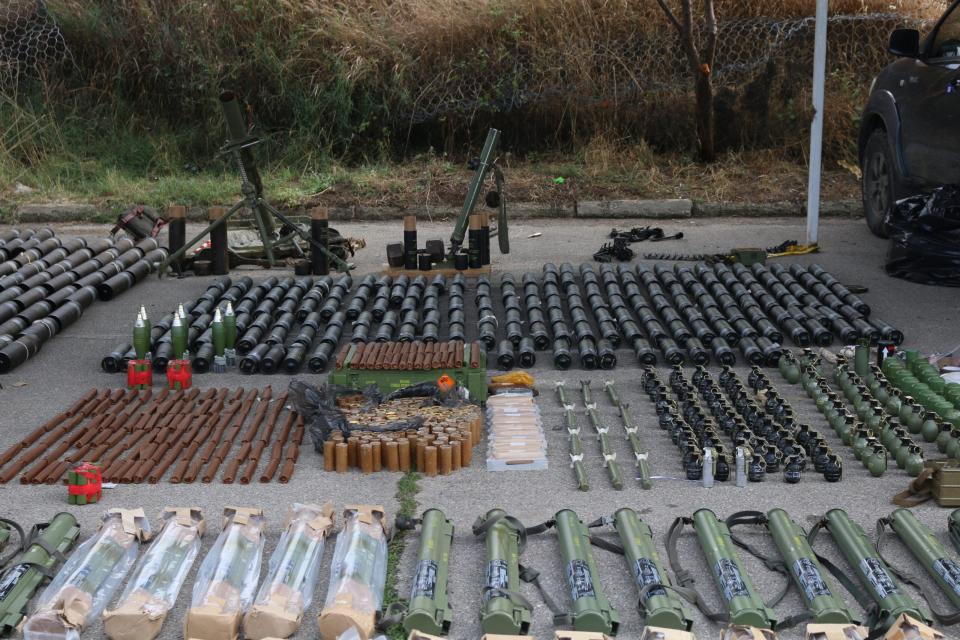
https://www.youtube.com/watch?v=w9inmZinBSg https://www.twitter.com/albinkurti/status/1705915322413256750?s=20 https://www.twitter.com/vulldotnet/status/1707028283257180521?s=20
That bloody incident reflects ongoing demands for autonomy from Kosovo’s Serbian minority, against the Kosovo government’s policy to assert authority across all of the country. In April, for example, Kosovo Serbs in the north of the country boycotted local elections. Instead, ethnic Albanian mayors were elected, leading to violent clashes between armed Kosovo police and local Serbs. The following month, 30 NATO peacekeepers were left injured after unrest that pitted troops from the alliance and local police against Serbian protesters.
https://www.twitter.com/AJEnglish/status/1663726992318148609?s=20
Against this backdrop, the prospect of renewed fighting between Kosovo and Serbia has steadily escalated. The Kosovan government has blamed Serbia for fanning the flames of tensions in the country, including supporting the gunmen involved in the monastery standoff. Exactly how Serbia was involved in that incident remains murky, with official denials from Belgrade. Meanwhile, Milan Radoicic, a senior figure in Serb List, a Kosovo-Serb political party, has admitted that he was involved in organizing the armed group.
https://www.twitter.com/UnaHajdari/status/1706624778725892385?s=20 https://www.twitter.com/albinkurti/status/1708530372005273787?s=20
Serbia has said that the responsibility for the overall situation lies with Kosovan officials. European Union foreign policy chief Josep Borrell has also suggested that Kosovo’s unwillingness to give Serbs more autonomy in the north of the country has served to worsen the situation. A greater degree of autonomy is something that Kosovo is supposed to provide to the Serbian minority, according to an EU-brokered deal. At the same time, a recent round of EU-mediated talks between the two sides has broken down.
Clearly, however, Serbia’s recent military measures have raised alarm not only in Kosovo but among the international community, including the U.S. government, which recognizes Kosovo as an independent country — one of 99 out of 193 United Nations countries to do so.
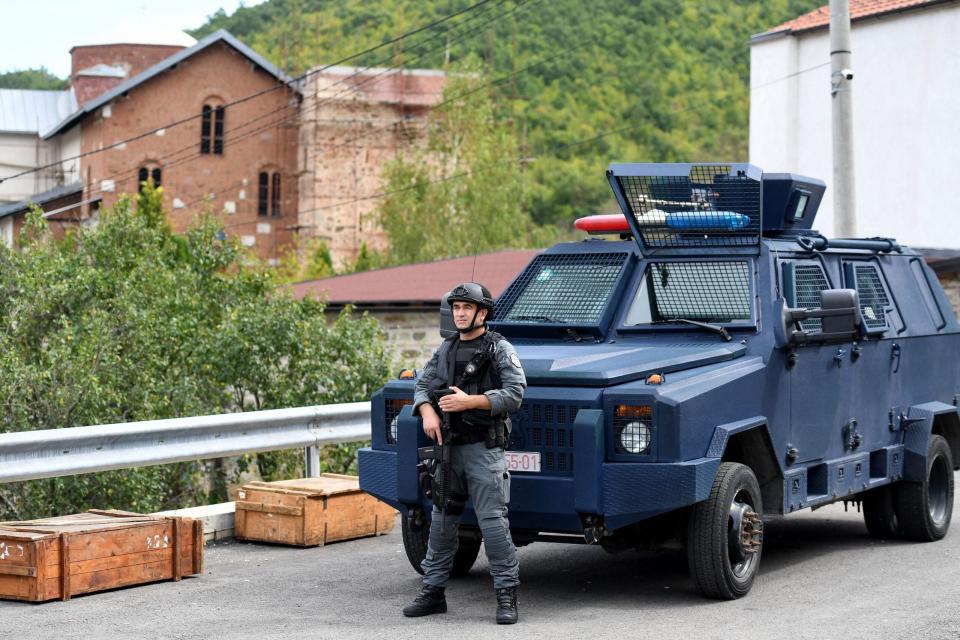
The exact status of the deployment of Serbian forces on and around the border with Kosovo has been poorly documented so far, although Kosovan officials describe it as being the largest of its kind in years.
“There has never been this kind of concentration of troops in recent years,” Kosovar Foreign Minister Donika Gervalla-Schwarz told German broadcaster Deutschlandfunk today. “The weaponry they have there, the tanks — it gives us a bad feeling because we don’t know how the international community will respond.”
Gervalla-Schwarz added that the deployment of Serbian troops is reminiscent of the build-up of Russian forces around Ukraine’s borders before the launch of the full-scale invasion of that country in February 2022. She also drew parallels between the rhetoric used by Serbian officials and by those in Russia, while saying that Serbia’s “methods” resembled Russian behavior toward Ukraine.
“That’s why it is all the more important to take the necessary steps,” she added.
https://www.twitter.com/gervallaschwarz/status/1708567772865630659?s=20
The Kosovar foreign minister called upon the European Union to take action against Belgrade such as freezing its candidacy status. Both Serbia and Kosovo have applied to join the European Union, but there is currently no timeline set for them to become members. Serbian President Aleksandar Vucic argued last week that his forces would not cross the border into Kosovo because to do so would risk the chance of Serbia joining the EU.
Last Friday, there was another warning to Serbia from the U.S. government, stating that the Serbian military build-up along the Kosovo border was destabilizing the area. NATO also said it would authorize additional peacekeeping forces for Kosovo.
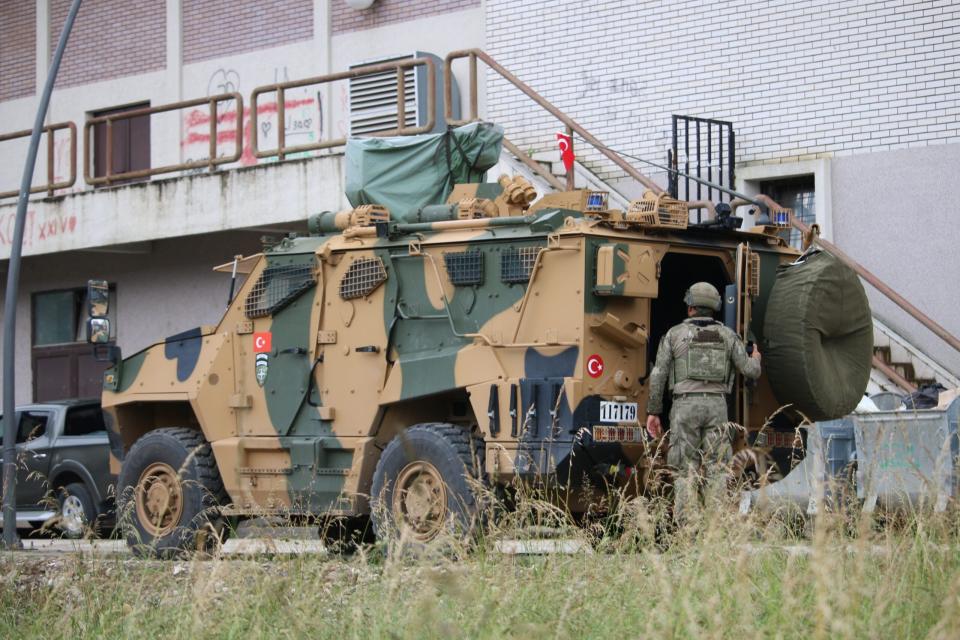
In response to that message from the U.S. government, Serbia’s President Vucic pulled back at least some of his troops and armor over the weekend. At the same time, he claimed his forces on the Kosovo border have not been put on high alert, saying: “We don’t even have half the troops we had two or three months ago.” The United States is yet to determine whether or not the Serbian military presence really has been reduced.
https://www.twitter.com/amanpour/status/1708901836734730568?s=20 https://www.twitter.com/admirim/status/1708923482589786398?s=20
With so much attention on Ukraine and many Western resources plowed into that conflict, it’s clear that another war in Europe would be even more problematic as a result. For Russia, traditionally a close ally of Serbia, such a distraction could also be welcome.
Within Europe, the Balkan region has long had an unhappy reputation as being a potential tinderbox, with major conflicts here as recently as two decades ago. In that context, it’s not surprising that the current situation, with Serbian forces apparently still massed along the border with Kosovo, suggests another round of violence could be about to happen.
Contact the author: thomas@thedrive.com

